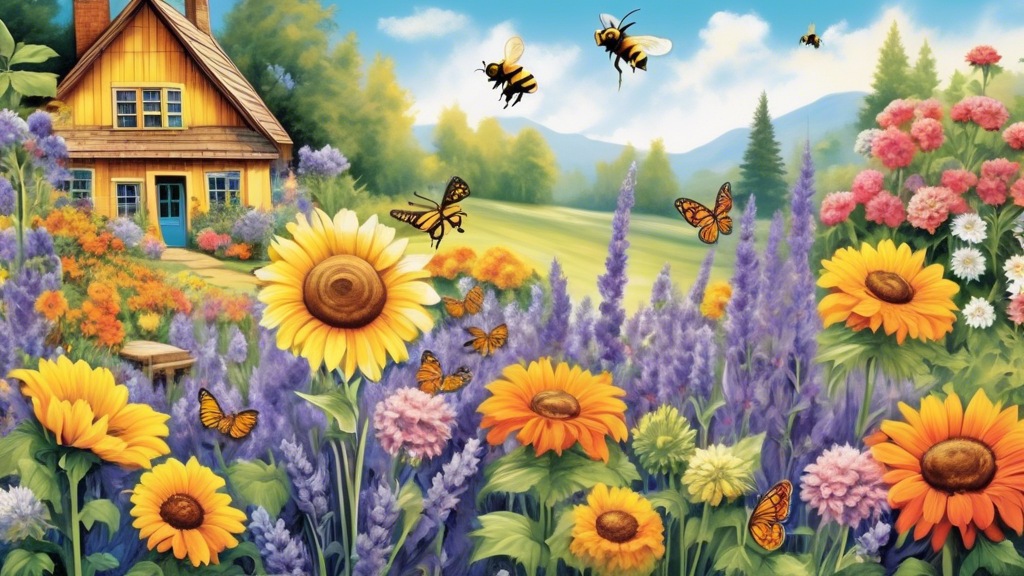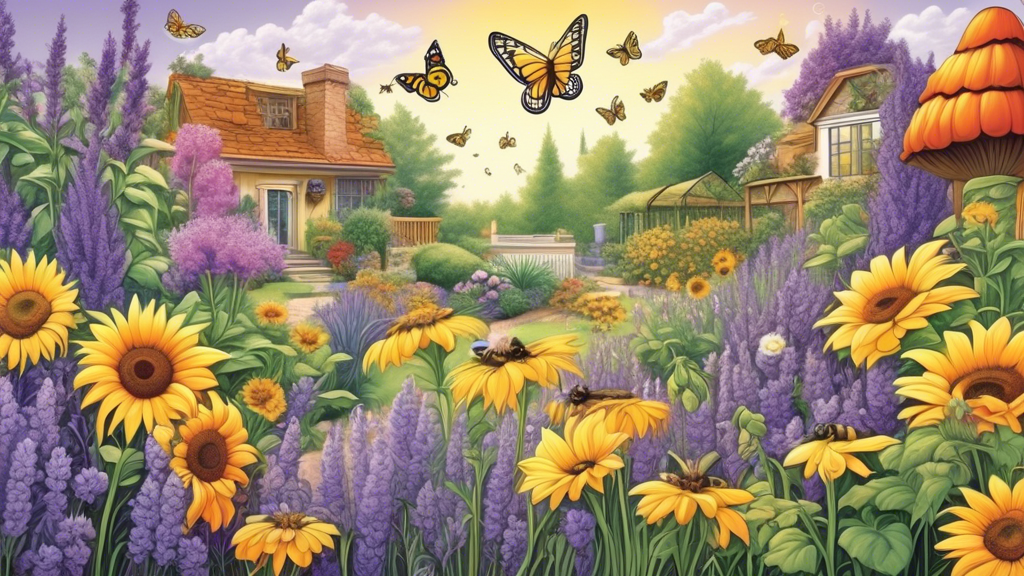
Pollinators like bees and butterflies play an essential role in the ecosystem, contributing to the health and productivity of gardens. These creatures help plants reproduce by carrying pollen from one flower to another, facilitating the growth of fruits and vegetables. Inviting them into your garden not only aids in plant pollination but also enriches the biodiversity of your outdoor space. By thoughtfully selecting plants known to attract bees and butterflies, you can create a vibrant, thriving garden that supports these important insects.
Pollinators like bees and butterflies play a crucial role within ecosystems. They contribute to the pollination process, which is vital for the reproduction of many plant species. This natural process also directly benefits agricultural productivity by boosting crop yields. By encouraging these insects to frequent your garden, you are supporting biodiversity and contributing to environmental health.
One major advantage of attracting pollinators to your garden is improved plant health. When pollinators visit plants to gather nectar or pollen, they help transfer pollen from one flower to another, facilitating the fertilization process. This process results in the production of seeds and fruits, ensuring that plants regenerate and proliferate.
Additionally, a garden teeming with bees and butterflies offers visual and sensory delights. The vibrancy of colors provided by a multitude of flowers and the gentle hum of buzzing bees can create a captivating, peaceful environment. Beyond their visual and sensory appeal, these insects can aid in pest control, as many predatory species help manage pests that could otherwise damage your garden.
Considering the alarming decline in pollinator populations due to various factors like habitat loss, pesticide use, and climate change, creating a supportive environment for these creatures in your backyard is more critical than ever. By planting specific flowers and maintaining a habitat conducive to their needs, you are essentially lending a lifeline to these indispensable components of the natural world.

Top Plant Choices to Attract Bees and Butterflies
Creating a garden that attracts bees and butterflies involves selecting plants that provide ample nectar and pollen. Here are some top plant choices along with brief descriptions and care tips to help you cultivate a vibrant, pollinator-friendly garden.
Native Wildflowers
Native wildflowers are crucial for attracting local pollinators. They offer the nectar and pollen that bees and butterflies need, and they are well-suited to your region’s climate.
- Black-Eyed Susan: A bright, cheery flower that blooms from summer to fall, offering a long-lasting nectar source.
- Purple Coneflower: Its vibrant purple petals and prominent center attract many pollinators and provide a food source into late summer.
- Bee Balm: Known for its fragrant, tubular flowers that are highly appealing to both bees and butterflies.
Care Tips: Plant wildflowers in well-drained soil with plenty of sunlight. Water regularly until they are established. Deadhead spent blooms to prolong the flowering period.
Lavender
Lavender’s purple blooms and aromatic scent make it a favorite among bees and butterflies. It’s not only attractive but also relatively easy to grow.
- English Lavender: Known for its hardiness and prolific blooms, making it ideal for various garden settings.
- French Lavender: A great choice for warmer climates, offering a slightly different scent and bloom shape.
Care Tips: Plant lavender in well-drained soil and full sun. Prune annually to maintain shape and encourage new growth. Water moderately, ensuring the soil does not remain soggy.
Coneflowers
Coneflowers are not only beautiful but also essential for attracting pollinators. They come in several colors, adding diversity to your garden.
- Echinacea: This versatile flower is well-loved by bees and butterflies and continues to bloom through late summer.
- Rudbeckia: Known as Black-Eyed Susan, it offers bright yellow petals and a dark center, appealing to a variety of pollinators.
Care Tips: Coneflowers thrive in full sun and tolerate a range of soil types. Water regularly and use mulch to retain moisture and suppress weeds.
Milkweed
Milkweed is essential for monarch butterflies, as it serves as both a nectar source and a host plant for their larvae.
- Common Milkweed: An easy-to-grow plant that provides both nectar and a place for monarchs to lay their eggs.
- Swamp Milkweed: Prefers moist conditions and is ideal for rain gardens and wetter areas.
Care Tips: Plant milkweed in a sunny area with well-drained soil. Water deeply to establish a strong root system. Cut back old growth in the fall to encourage new spring growth.
Sunflowers
Sunflowers are not only stunning but also extremely valuable to bees and butterflies. Their large flower heads produce copious amounts of nectar and pollen.
- Common Sunflower: Offers large, bright faces that draw in many pollinators and produce seeds for birds.
- Maximilian Sunflower: A perennial species that blooms in late summer and is beneficial for late-season nectar.
Care Tips: Sunflowers need full sunlight and can adapt to various soil conditions, though they prefer well-drained soil. Water regularly but avoid overwatering. Support tall varieties to prevent them from falling.
By incorporating these plants, you can create a welcoming environment that helps sustain bee and butterfly populations. Follow the care tips to establish healthy, thriving plants that will keep your garden buzzing with life.
In conclusion, attracting bees and butterflies to your garden can significantly enhance the health and vibrancy of your outdoor space. These pollinators are essential for the fertilization of many plants, contributing to a thriving ecosystem. Selecting the right plants, such as native wildflowers, lavender, coneflowers, milkweed, and sunflowers, can create a hospitable environment for these beneficial insects. By providing proper care and creating an inviting habitat, you’ll enjoy not only a more beautiful garden but also the vital ecological contributions of these pollinators. With thoughtful planning and attention to plant choices, your garden can become a haven for bees and butterflies, fostering biodiversity and supporting the natural balance.






